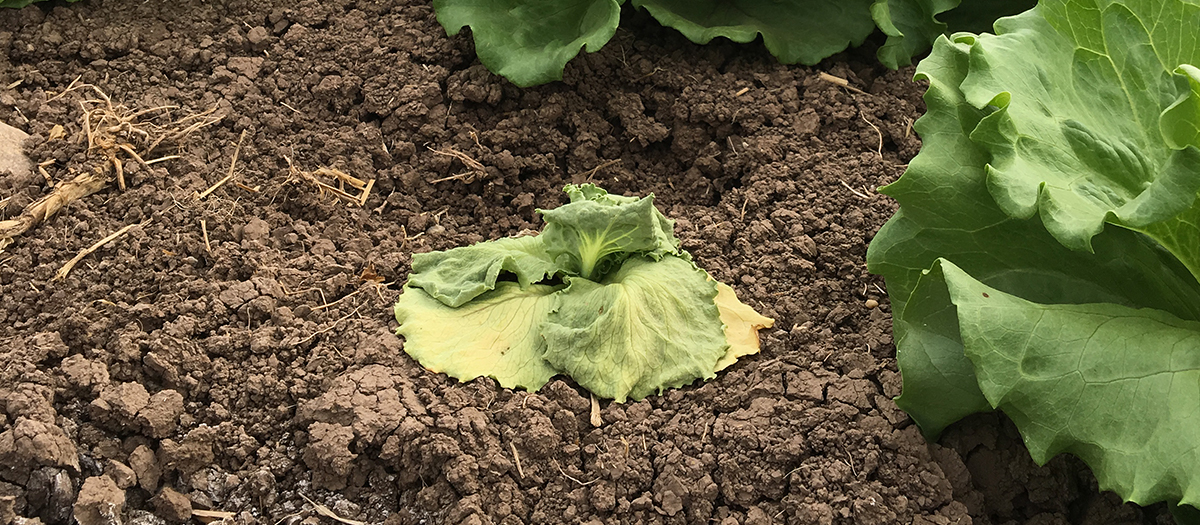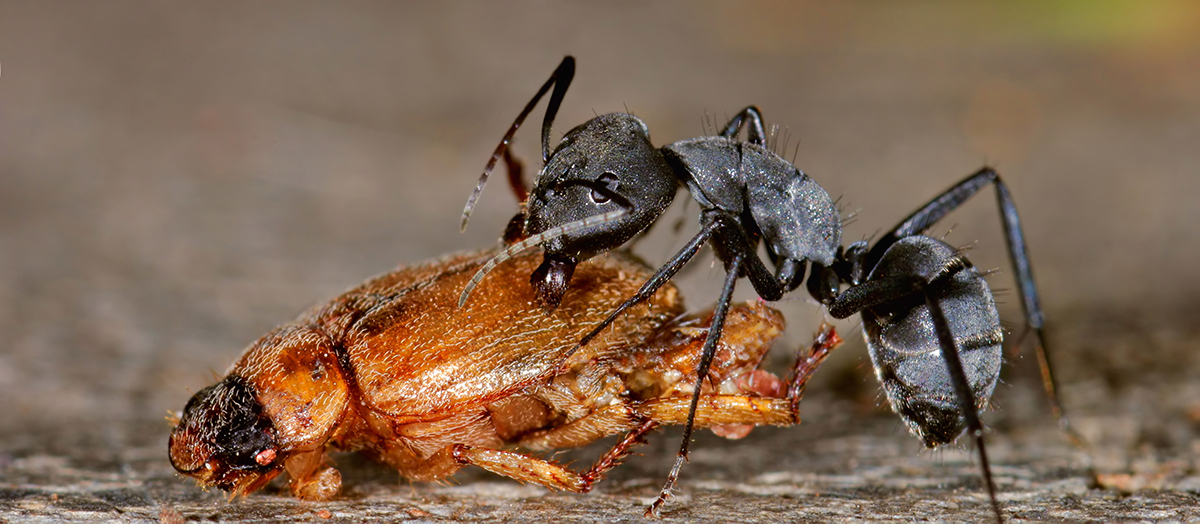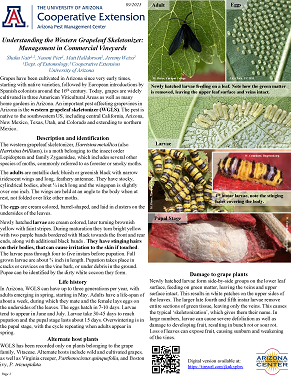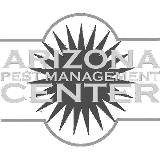-
Sep 2023The Western grapeleaf skeletonizer is an important pest of grapes in Arizona. With the increase in acreage under grapes in the state, there is need for resources to help growers in managing important pests. This IPM Short provides concise information on identification and management of this pest.
-
Jul 2020Cicada killer wasps, known for capturing cicadas to feed their young, pose no threat to humans, but can sometimes be confused with the Asian giant hornet that has become an invasive species found in North America including Washington State and British Columbia.
-
May 2020Cotton fleahoppers are present in cotton during early squaring but rarely require chemical control. These piercing-sucking pests feed on small squares and new terminal growth. Cotton at early squaring is at risk for losing fruiting sites due to blasting of small squares, which can delay timeliness of fruiting, however, yield loss is rare.

















